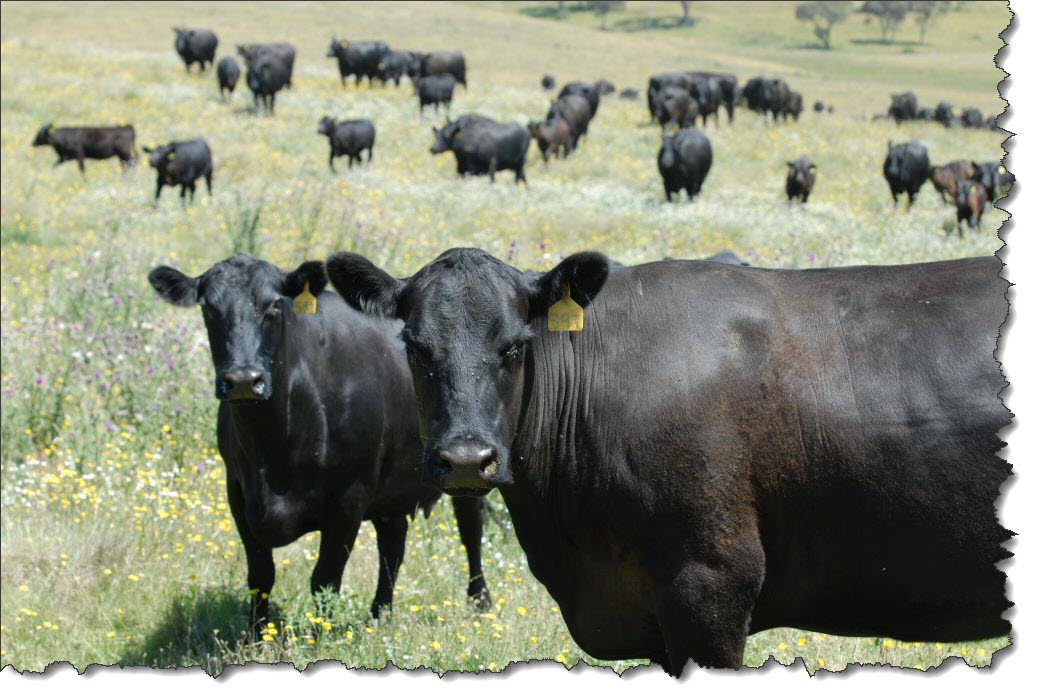CAHFS Connection - July 2025

Managing Editor: Kerry Ballinger
Design Editor: Lucy Gomes
Contributors: Asli Mete, Eileen Henderson, Emma Torii, Francisco Uzal, Javier Asin Ros, Jennine Ochoa, Mark Anderson, Nicolas Streitenberger, Patricia Blanchard, Pernille Joergensen, Raul Resendiz-Pozos
Avian
Hemorrhagic liver syndrome (HLS), formerly fatty liver hemorrhagic syndrome, has been diagnosed in backyard chickens ranging from one-to-five years olds on multiple premises in the past month. This syndrome is characterized by sudden death in over conditioned hens due to hepatic rupture and hemorrhage. HLS is one of the leading non-infectious causes of mortality in backyard chickens. The underlying cause or causes have not been established. Hepatic lipidosis has been reported in association with some HLS cases and incidence appears to increase in the summer months. Recommendations to prevent HLS include a low energy, high protein layer ration. The diet needs to contain sufficient vitamin E, selenium, choline and vitamin B12. Avoid rancidification/oxidation of feed by storing it in a cool, dry place. Supplementation of the diet with leafy greens is advised. Exercise is also a helpful preventative measure.
Verminous ventriculitis was diagnosed in a juvenile female pigeon that had a poor body condition and ruffled plumage prior to death. Gross examination of the ventriculus identified a diffusely thick, yellow and rough koilin layer that detached easily from the underlying thickened mucosa, with exposure of numerous white to pale-pink, approximately 0.8 cm-1.2 cm long, thin nematodes. Histopathology confirmed severe verminous ventriculitis, and the nematodes were identified as Hadjelia truncata. This nematode causes infection of the ventriculus and emaciation in pigeons in southern and central California.
Bovine
Shipping fever pneumonia resulted in the death of two, 10-month-old Angus steers that died after being transported on an extremely hot day. Post-mortem examination revealed severe pneumonia caused by Mannheimia haemolytica and Pasteurella multocida. In addition to the bacterial involvement in this pneumonia, other factors that influence the disease's development include environmental conditions such as weaning, transport, crowding, inclement weather, dust, and inadequate ventilation. Both animals were also copper (9.7-12ppm, normal 25-125ppm) and selenium (0.14-0.19ppm, normal 0.25-0.50ppm) deficient, which can reduce the immune response.

Hairy vetch toxicosis-like disease, combined with moderate to severe copper and selenium deficiency contributed to the death of two, 15-month-old beef cattle from a group of 120 in which ten had died in the past month. Histologically, the heart and the kidneys had inflammatory lesions consistent with hairy vetch-like disease. Similar lesions may be also associated with certain food additives such as citrus pulp. Copper concentration in the liver was 3.7 ppm (normal range 25-125 ppm), and selenium concentration was 0.09 ppm (normal range 0.25–0.50ppm).
Equine
Strangles with secondary infarctive purpura hemorrhagica was diagnosed in a 23-year-old gelding with a 1-week history of nasal discharge. At necropsy, there was an abscess with multiple purulent tracts in the left retropharyngeal and submandibular lymph nodes, and the parotid gland. Several skeletal muscles, including the pectoral, longissimus, and those of the thighs, had multifocal hemorrhages, necrosis, vasculitis and thrombosis. Streptococcus equi ssp. equi was isolated from the abscess. Infarctive purpura hemorrhagica is an immune-mediated myopathy that is thought to occur as a result of IgA-S. equi M protein immune complex formation with secondary vasculitis and infarction.
Porcine
Otitis leading to meningitis and endocarditis and pneumonia resulted in the death of a 3-month-old Yorkshire gilt that had gone off feed two weeks prior to developing paddling signs before death. On necropsy, there was bilateral otitis media and interna that extended to meningitis, and valvular endocarditis and interstitial pneumonia. Trueperella pyogenes was isolated from the brain, and Streptococcus suis and Escherichia coli were isolated from the lungs.
Small Ruminants
Goiter was diagnosed in a goat kid that was born dead. The herd had a history of multiple goat kids with goiter. Necropsy confirmed markedly enlarged thyroid glands, as well as myxedema of the skin, which is characteristic of hypothyroidism, and edematous tongue tip. Iodine level was low in the thyroid gland (16.5 ug/g; normal range 1100-1800 ug/g) confirming iodine deficiency goiter. Goiter can occur from a primary iodine deficiency, or due to ingestion of goitrogenic plants (e.g. soybeans, white clover, Brassica species). The goats in this farm had access to goitrogenic plants in the pasture, although the exact plant species was not specified.
Abomasal parasitism was the cause of death of a three-month-old crossbred lamb. Post-mortem exam revealed severe anemia and ventral mandibular edema. The abomasum had marked submucosal edema and contained abundant dense mucoid and hemorrhagic content, mixed with large numbers of Haemonchus contortus and Teladorsagia sp. During spring, these parasites emerge after winter hypobiosis and cause disease. An adequate deworming program, including rotation of deworming products to avoid resistance, is useful to prevent parasitic disease and deaths.
Aquatic Species
Swim bladder disease and septicemia were diagnosed in an adult koi fish. The fish had a history of buoyancy issues for several days and was eventually found dead. At necropsy, the swim bladder was distended, had very thick walls, and contained more than 80 mL of yellow, turbid fluid. Histologically, there was severe inflammation of the swim bladder and coelomitis. Aeromonas sp., Pseudomonas sp. and Stenotrophomonas sp. were isolated from the swim bladder.

The fish swim bladder is connected to the foregut, and bacteria and other infectious agents can access it, causing inflammation and fluid buildup, which eventually leads to buoyancy problems. Aeromonas spp. are one of the most common bacteria isolated in these cases.
Holiday Schedule
Closed Friday, July 4th for the Independence Day Holiday
Employment Opportunities at CAHFS
None at this time.
